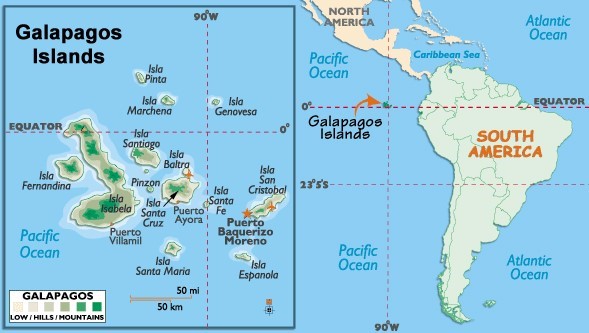Free Courses Sale ends Soon, Get It Now


Free Courses Sale ends Soon, Get It Now



Disclaimer: Copyright infringement not intended.
Context
Scientists recently found two new coral reefs and two unexplored seamounts in the Galapagos Islands.
About
Facts about Coral Reef Facts
|
PRACTICE QUESTION With reference to Galapagos Islands, consider the following statements:
Which of the above statements is/are correct?
Answer: B |
© 2024 iasgyan. All right reserved